Decoding rebranding rules for the new normal
Fair & Lovely to Glow & Lovely, Dunkin Donuts to Dunkin, Kraft and Heinz to KraftHeinz, UrbanClap to Urban Company, Hutch to Vodafone – these are some well-known examples of rebranding in recent times. Adgully’s latest edition of #TwitterChat, held on Friday, July 10, 2020, saw some leading industry experts discuss the merits of the brand strategies behind these decisions.
The panel comprised of brand strategists and marketers. Moderator Vani Gupta Dandia, CherryPlumPeach Partners (@vani1501) was joined by panelists, Babita Baruah, Managing Partner, GTB India (@babitabaruah); KV Sridhar, Author and Global CCO, Nhilent and Hypercollective (@kvpops); Malvika Mehra, who recently put in her papers as Chief Creative Officer, Dentsu India (@themehragirl); Satbir Singh, Founder and Chief Creative Officer, Thinkstr (@thesatbir); and Shashwat Das, Founder Director, Almond Branding (@shashwatdas_).
Also Read: #TwitterChat - Track feelings, not revenues – Recalibrating PR deliverables
Businesses rebrand for various reasons, pointed the experts, sharing various examples. Home services company UrbanClap rebranded to Urban Company to reflect its broader positioning as a horizontal gig marketplace with a global footprint.
The Godrej Group unveiled their new corporate identity in 2008 to project a modern and contemporary feel for a brand that has been in existence since 1887. GTB’s Babita Baruah observes, “To me, rebranding is a continuation of a lifecycle. The process of metamorphoses with each cycle as a transformation. Brands with successful rebranding have a long-term vision and hence, look at the process as a transformation.”
In fact I still remember the Godrej logo design. ( Got this off the Net) as part of the rebranding. #whywerebrand pic.twitter.com/8SacINaHnd
Brand Guru KV Sridhar warns that if you do not change, you’ll cease to hold relevance to the changing audience. According to him, rebranding “can help the brand get reappraised by non-users”. Famous brands Liril and Onida that were built on the associations of the iconic ‘Liril Girl’ and ‘Onida Devil’ had to let go of those identities to create relevance in a new millennium.
A successful rebranding exercise means to transform into a new existence seamlessly. Consumers have developed new associations with the acronym ITC. As Shashwat Das of Almond Branding recalls, “The Indian Tobacco Company was renamed ITC Ltd in 1974 as the company wanted to become a diversified conglomerate, with businesses spanning FMCG, Hotels, Paperboards and Packaging, Agri Business, IT and more.”
Mergers and acquisition can also lead to new brand identities. For example, when Vodafone acquired a controlling interest in the telco Hutch-Essar.
Top Guest Tweet
The best rebranding in India imho was organe to hutch to Vodafone. Most important aspect in rebranding is not to lose the 'voice' and it was so seamlessly done with Vodafone
As we can see, both internal and external factors can decide whether it is time to change. Once such a decision has been made, the tough part is to align stakeholders with the new direction the brand is taking.
Dunkin’ Donuts. pic.twitter.com/XJcxOI2bJz
Malvika Mehra lauds Dunkin’ Donuts tough call to drop the ‘Donuts’ from their name in 2018. She says, “I loved the fact that they took the bold plunge. Donuts was restricting the brand offering.” The initial response by the public, especially rabid fans of the coffee chain, was negative. The brand had to stick to their guns and wait for the initial wave of public negativity to slowly die down.
Dunkin' Donuts is dropping the Donuts and people are freaking out...I've only heard people call if Dunkin'. They are literally changing the name to what everyone calls it...
Sridhar recalls, “Sometimes people tell you to rebrand. Charminar was called Charms, so a new brand was born. FedEx (earlier called Federal Express) as well.”
Satbir Singh opines, “Being obsessed with what people think allows you to serve needs, but may sometimes prevent you from surprising them with something totally new.”
Vani Gupta Dandia opined that the Frooti rebranding is an excellent example of offering something completely new that delighted consumers.
However, Singh shared the cautionary tale of Gap, “There could be many reasons for rebranding, but change for the sake of change shouldn’t be one. Gap tried about 10 years ago and fierce customer backlash had them reverting back to the original in a week. Don’t fix what’s not broken.”
He further adds, “Like with Gap, Burberry’s logo changes too invited a fair bit of criticism. Uber. Instagram. We tend to identify so strongly with logos and graphics that any change rocks our world. Hence backlash. In most cases, people get over it. In some, companies blink first.”
“Rebranding can be successful if it’s a transformation and not just a design job,” emphasises Baruah. “Though design has a key role to play. It is just the first step in signaling transformation.”
When 70-year-old airline, Air India, tried to do away with the iconic ‘Maharaja’ mascot, the public outcry was unforgiving. The quote below encapsulates what happened.
“Interestingly, at one point in time, the mascot’s regal connotations triggered a controversy, with politicians expressing doubts about using such a symbol to represent a nation with socialist aspirations. As a result, Air India did away with the Maharajah in 1989. But there was such a hue and cry from various quarters that the popular mascot had to be brought back.”
How the Maharajah Got Its Wings: The Story of Air India’s Iconic Mascot
Shashwat Das stressed on the importance of timing while undertaking a rebranding exercise. He describes proactive and reactive rebranding with some key examples.
He said, “In the backdrop of #BlackLivesMatter, Hindustan Unilever has renamed its best-selling 'Fair & Lovely' products as 'Glow & Lovely', days after it announced to remove all nomenclature that propagated racial stereotypes.” He highlights this case as a marker of reactive branding, where the brand “assumes rebranding alone will communicate the new narrative”.
Proactive branding, he opines, “helps the brand stay relevant, prevent ageing and align with the needs of today’s consumers.”
Top Guest Tweet
UTI Bank to Axis bank back in 2007. One of the success stories of not just releasing the new communication but also ensuring that all branding material at various touchpoints was changed overnight.
Getting Rebranding Right
Experts debate on whether rebranding is more art or science, but they agree that if done right, it means growth for the brand. Das posits that, “The core of the brand has to remain sacrosanct” while “…it communicates the intended proposition in a lingo that adapts to the changing sensibilities of the consumer.” If done wrong, Baruah states, “Remember the story of the crow in peacock feathers.”
“Every brand’s narrative will change as they march forward. Look at Google, Amazon, Apple, and Tesla. As their business models have changed, so have the narratives” says Sridhar.
He further adds, “There is a theory called ‘discontinuously continuous’ change. The point is while rebranding you should not forget what your core values are and must carry forward the relevant ones. There is no one answer to the rebranding. It can even come from packaging innovation, which rebrands and repurposes the category”, recalling the examples of Paperboat and Indigo.
Das recalls how Almond Branding helped rebrand Fruzzante – India’s first fruit wine brand. He says, “The rebranding clarified the brand positioning, brought alive the differentiation and made the brand relevant to the TG. While the old packaging did capture the fruity foundations, the uniqueness wasn’t being communicated well. There was a confusion about whether it’s a fruit beer, flavoured wine or just another non-alcoholic fruit beverage. Fruzzante was none of these.”
While the old #packaging did capture the fruit foundations, uniqueness wasn’t being communicated well
A confusion whether it’s a fruit beer or a flavoured wine or just another non-alcoholic fruit beverage#Fruzzante was none of these#WhyWeRebrand pic.twitter.com/crbsPcEJhz
It is important that the brand custodian does not have any preconceived notions on the acceptance of the new brand, according to Vani Gupta Dandia. She postulates, “Never assume consumers would move with you. Never assume rebranding alone will communicate the new narrative; be clear on the new business metrics that rebranding must achieve.”
Branding For Digital
The information age has created a new context for brands. It may not be enough for brands to be perceived as relevant and useful, but also ‘cool’ as a younger generation of consumers convolutes the brands they use with personal identity.
A brand has to stand out, according to Das, “In a sea of sameness and endless social media scroll, a brand needs to have short and sharp impact. Mobile responsiveness is now a ‘must have’ and no longer ‘good to have’.”
He shares the example of tech giant Google, “Bringing down its logo size from 14,000 bytes to 305 bytes, made it possible for Google to use the same logo on all sorts of networks and on all types of screens. This is what digital legibility actually means in this era. Google’s rebranding in 2015 was also in line with the trend of neomodern design in the digital world. The eradication of drop shadows, textures, embellishments and photographic logos are all intended to reduce screen clutter and achieve higher data flow speeds.”
Agreeing with him, Mehra says, “Brands need to start looking at how to be best represented in their profile pics on social media. The whole brand name need not always be there. Sometimes the lead letter or symbol will do. There need to be edits to the logo just like they are for films! Given that we are in the age of new media, a lot of logos need a refresh to be relevant and have impact on social platforms. They need to dynamic enough for both print and digital today.”
Top Guest Tweets
Very true! @themehragirl In fact, if we look at the automobile industry too, the recent big rebranding exercise was carried out by Volkswagen, where they shifted to a flat graphics logo from a formerly 3D pop logo. Making it simple and easy to use! @adgully #whywerebrand https://t.co/uQaTqNQgkY
Absolutely @vani1501 Brands need to reinvent for the digital audience. Lack of brick and motor stores means reduced sensory stimulus. Quality, touch, smell, taste... all now have just the digital screen for making an impact!
Conviction is Key
It is vital that all the stakeholders who are aware of the rebranding exercise are convinced and involved in the process.
Conviction, Sridhar puts its succinctly, is key. He says, “When you are in sync and have conviction and logic, you never have to fight with a client. Sometimes you need patience. When we rebranded Birla and L&C cement as UltraTech cement, it was perfect.”
Mehra states, “Finally, the brand has to win. Not the agency or the client sitting across the table. That’s what decides stuff. Sometimes the pressure to be trendy leads to a design change that may not necessarily pass the test of time. Good rebranding is an opportunity to represent one’s brand, but keeping it relevant even many years later is critical.”
Experts worry that COVID-19 pandemic has resulted in a repositioning spree where “Every food is being rebranded as an immunity booster and every cleaning agent as a germ kill agent. That’s the new normal,” observes Das.
“We can see a lot of businesses attempting a pivot. Fine dining into home food experience. Travel portals into virtual travel. There will be cases that call for a rebranding if a business has to rejuvenate with a new proposition,” according to Baruah.
Rebranding Faux Pas
Distilling the lessons from the discussion, experts put forth the key mistakes from rebranding disasters from the past.
- Forgetting existing equity
- Not understanding consumer pulse
- Clinging to the past
- Transforming only the visual identity not the brand identity
- Change without a long-term vision and purpose
- Give too much credence to appear ‘trendy’
Our last rebranding error is captured in the guest tweet below:
— namchu (@namchu) July 10, 2020


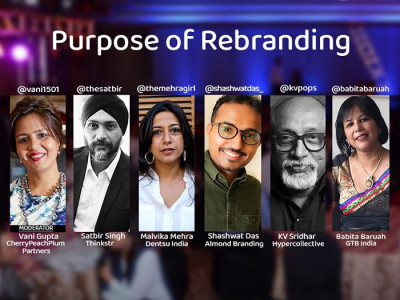

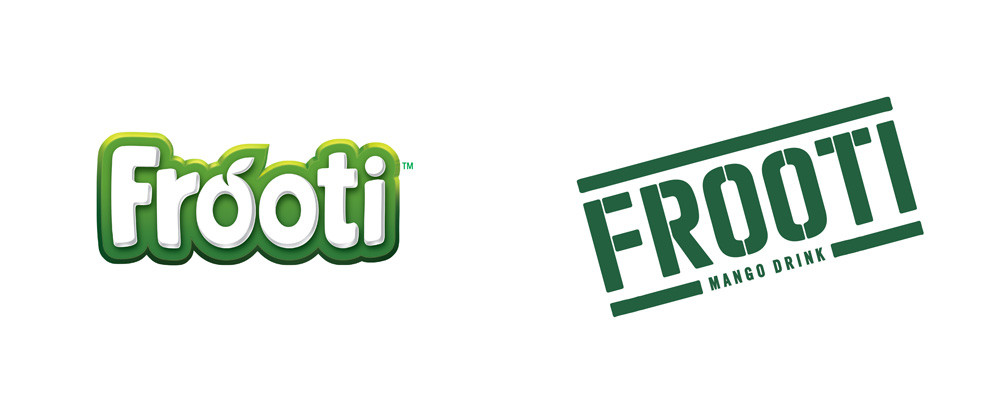

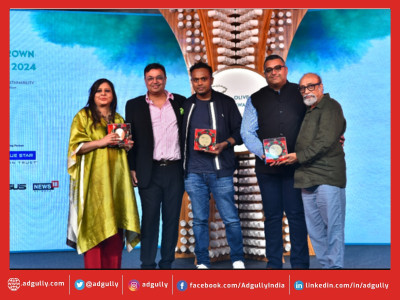





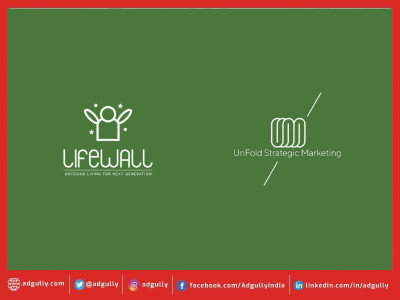


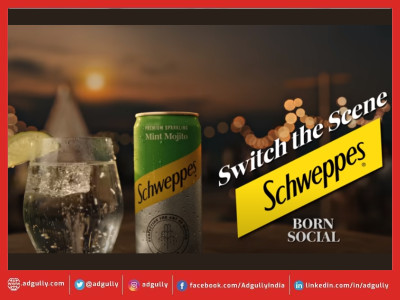
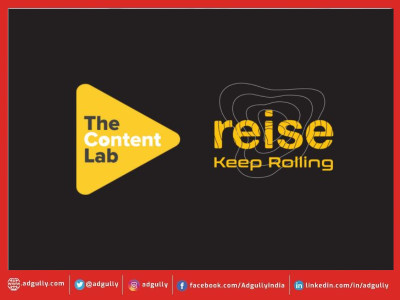


Share
Facebook
YouTube
Tweet
Twitter
LinkedIn